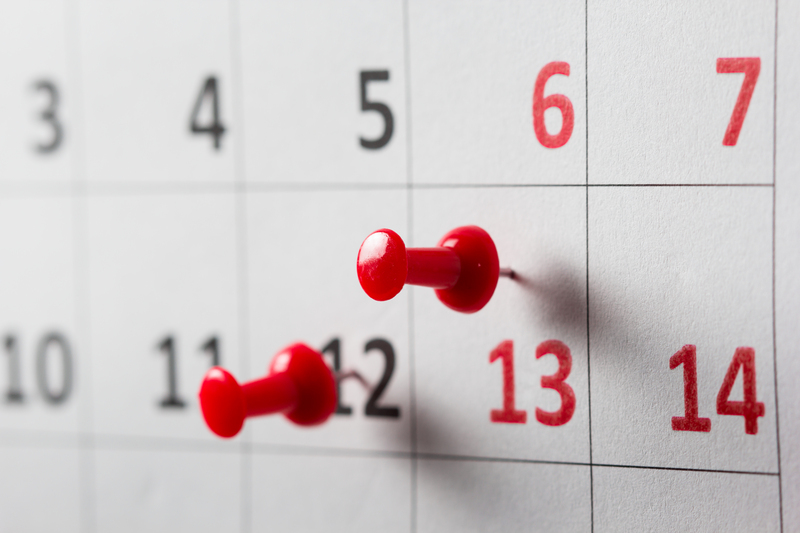The Best Lifting Posture When Handling Heavy Objects Solo: A Complete Guide
When it comes to lifting heavy objects by yourself, proper form isn't just about efficiency--it's about safety and long-term well-being. In this comprehensive article, we'll explore the best lifting posture when handling heavy objects solo, why it matters, and actionable steps to ensure your health and productivity, whether you're at work, home, or the gym.
Why Correct Lifting Technique is Critical
Every year, musculoskeletal injuries caused by improper lifting cost businesses billions and lead to countless days of pain and discomfort for individuals. Back injuries, hernias, and joint issues are common results of not following the right lifting posture. Learning the best way to lift heavy objects alone can prevent these issues and offer other benefits:
- Reduce risk of injury
- Enhance long-term mobility
- Increase efficiency in manual tasks
- Protect your back, knees, and shoulders

Understanding The Best Lifting Posture for Solo Heavy Lifting
Whether you're moving furniture, lifting boxes at work, or carrying gym equipment, solo lifting posture is vital. The following steps and principles should always guide your lifting:
1. Plan Before You Lift
Preparation is the first step. Before you touch the object:
- Inspect the load--ensure there are no sharp edges, protruding objects, or instability.
- Clear your path of obstacles.
- If the object is too heavy, don't hesitate to use lifting aids or ask for help.
2. Position Your Feet Properly
A solid base is crucial. For the best solo lifting posture:
- Stand with your feet shoulder-width apart for balance.
- Position one foot slightly in front of the other if you need extra stability.
- Use non-slip footwear, especially on smooth or wet surfaces.
3. Bend at the Hips and Knees, Not the Back
One of the most important aspects of proper lifting posture is using your legs, which are stronger than your back:
- Squat down, keeping your back as straight as possible.
- Bend at your hips and knees, not your waist.
- Keep your chest forward and your lower back naturally arched -- never rounded.
4. Get a Good Grip
Proper grip is often overlooked. Always:
- Use the whole hand, not just your fingers.
- If possible, wear gloves for better traction and protection.
- Test the balance of the load before lifting fully.
5. Keep the Load Close
Distance amplifies stress:
- Hold the object as close to your body as possible at the level of your waist or chest.
- This reduces strain on your back and arms.
- Avoid lifting objects over shoulder height when alone.
6. Lift Smoothly--Don't Jerk
Controlled movement is key.
- Engage your core muscles (abdominals and lower back) before and during the lift.
- Rise steadily by straightening your legs, keeping your back naturally aligned.
- Never jerk or twist as you lift--it increases the risk of muscle and spinal injuries.
7. Move Your Feet, Not Your Waist
When turning with the load:
- Pivot with your feet instead of twisting your torso.
- Keep the object close to your center of gravity.
- This helps protect the delicate structures in your lower back.
8. Lower with Care
Setting down heavy objects is just as critical as picking them up:
- Reverse the process: squat down, bend at the knees and hips, keeping your back straight.
- Gently place the load down--don't drop it, as this can cause injury or damage to the object or surrounding area.
Extra Tips for the Safest Lifting Posture When Lifting Heavy Objects By Yourself
- Warm up first: Loosen your muscles with quick stretches or light movement.
- Use lifting aids: Consider dollies, straps, or lifting belts for very heavy or awkward loads.
- If the object is too large or unstable for solo lifting, always seek help.
- Plan breaks: If you have multiple items or a long move, avoid fatigue which can lead to mistakes.
- Stay hydrated and listen to your body for signs of strain or tiredness.
Common Lifting Mistakes and How to Avoid Them
Even with awareness, many people fall victim to bad habits. Here are classic mistakes and solutions for correct lifting posture:
- Bending at the waist: This places immense stress on the lower back. Always bend your knees and hips instead.
- Lifting with a rounded back: Keep your back's natural curve. Rounded lifting is a recipe for herniated discs.
- Twisting mid-lift: Turn with your feet so your hips and shoulders move together, protecting your spine.
- Holding the object away from the body: This multiplies the strain. Hug it close to your core.
- Overreaching or overexertion: Know your limits. If it's too heavy, unstable, or you're too tired, get help or use equipment.
Case Study: Applying Proper Solo Lifting Posture at Home and Work
Let's take a real-world example: lifting a heavy box of books when moving house. Here is how implementing the best lifting posture for handling heavy weights alone can make a difference:
- Planning: You clear your path, ensure the box is stable, and put on sturdy shoes.
- Positioning: Feet shoulder-width, squatting down while keeping your back straight.
- Grip and Lift: You grasp the box firmly, engage core muscles, and stand smoothly using your legs.
- Moving: Turning with your feet, not twisting your torso, as you walk towards the next room.
- Lowering: You lower the box carefully by squatting, not bending at the waist.
The result? No injury, no damage to your belongings, and you stay energized for the rest of the move.
Strengthening and Conditioning for Safe Heavy Lifting
While the right posture is vital, so is regular conditioning. Here's how to prepare your body for solo heavy lifts:
- Core strengthening workouts: Planks, bridges, and abdominal exercises build stability.
- Leg training: Squats and lunges fortify the muscles you use most when lifting.
- Flexibility: Regular stretching maintains range of motion in back, hips, and legs.
- Posture awareness: Practice moving with a straight back and controlled motion daily.

Frequently Asked Questions: Lifting Heavy Objects Safely Solo
-
Q. What is the safest lifting technique for solo heavy objects?
A. Maintain a straight back, squat with your knees and hips, keep the object close, move slowly, and pivot with your feet--not your waist. -
Q. Should I wear a lifting belt when lifting alone?
A. Lifting belts can provide support, especially for regular or particularly heavy lifts. Still, they are not a substitute for correct posture. -
Q. What if I feel pain while lifting?
A. Stop immediately. Pain is a sign you're lifting incorrectly or the load is too much for one person.
Conclusion: Mastering The Best Lifting Posture When Handling Heavy Objects Solo
In summary, whether you're at home, at work, or in a gym, safe lifting posture for handling heavy items without help comes down to preparation, proper stance, mindful movement, and respecting your body's limits. Ignoring safe practices can lead to acute injuries and chronic pain. By incorporating these tips and understanding the best lifting techniques for solo heavy object handling, you protect your health, safeguard your environment, and ensure every lift counts.
Remember: Safety is always the priority. The next time you face a big lift alone, pause and review these steps. Your back will thank you!
```


